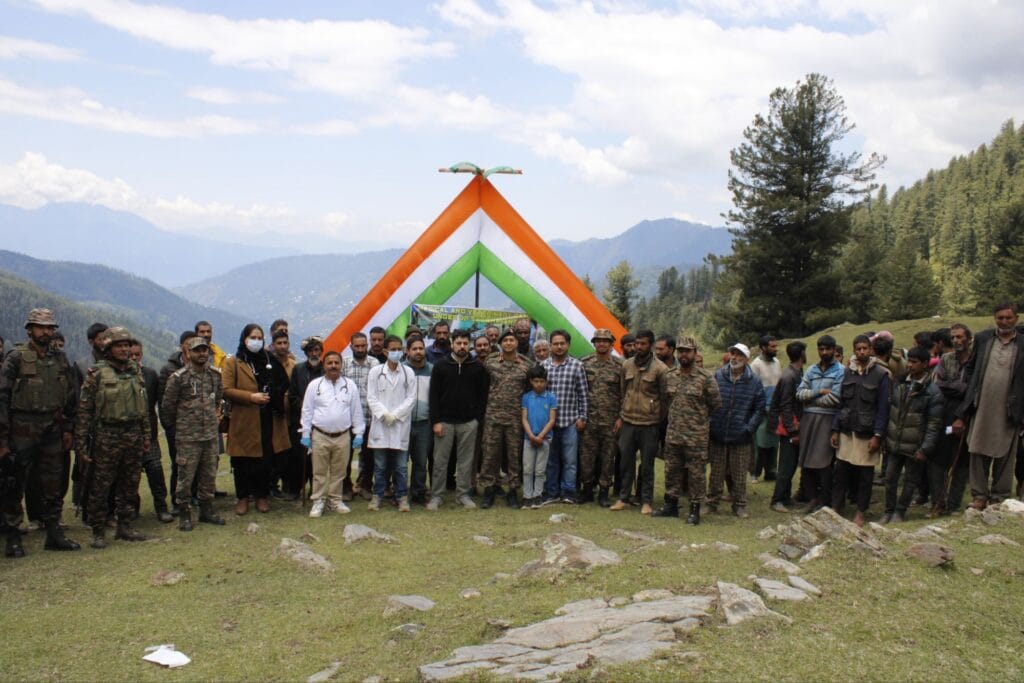Lithium Reserves Found In Jammu And Kashmir

JAMMU, Feb 9: In a highly significant development towards making country self reliant, Lithium reserves have been found for first time in the country and that too in Reasi district of Jammu and Kashmir Union Territory.
Lithium is a non-ferrous metal and is one of the key components in rechargeable batteries for mobile phones, laptops, digital cameras and electric vehicles. It is also used in some non-rechargeable batteries for things like heart pacemakers, toys and clocks. Currently, India is import-dependent for Lithium.
“This is for the first time that Lithium reserves have been discovered in the country and that too in Jammu and Kashmir,” disclosed Union Mines Secretary, Vivek Bharadwaj while speaking at the 62nd Central Geological Programming Board meeting at New Delhi on Thursday.
On the occasion, Vivek Bhardwaj also handed over two Major Mineral Blocks Geological Reports of Lithium Blocks in Jammu Division and G3 Study (Advanced Study) of Lithium, AI and Titanium in Jammu division, located in Reasi District to Secretary Mining J&K Amit Sharma for taking further necessary action in the matter.
It is expected that J&K will move further to eAuction two major mineral blocks of Limestone located in Rajouri and Poonch districts and advance ahead in finalising availability of Lithium in J&K in a time bound manner.
Talking to the Excelsior, Amit Sharma said that all necessary steps shall be taken in collaboration with Geological Survey of India and decimated teams of the department shall work round the clock to ensure that this historical feet of eAuctioning Major Mineral Blocks shall take place within a time bound manner
“Lithium blocks which are a rare thing and much demanded global manor mineral for electric batteries which is the future, shall be explored and eAuctioned so that J&K figures on the global map so far as availability of Lithium reserves in the world are concerned,” he added.
Pertinent to mention that Lithium is a metal that is known for its low density, high energy-to-weight ratio and its ability to store large amounts of energy. It’s also the lightest of all metals in the periodic table of elements, and its soft, silvery-colored metal is widely used for its heat-resistant properties.
Though it’s one of the oldest elements to have been around, Lithium is not nearly as abundant here on Earth as its gaseous counterparts. The metal makes up just 0.002 percent of the Earth’s crust, though arguably, that is higher than the supplies of tin, silver, gold and platinum combined. Lithium doesn’t ever occur naturally in its metallic form as it’s highly reactive to the elements and minerals around it. Rather, it’s found in a crystalline form alongside rocks and other mineral deposits in the Earth’s crust.
Main use for Lithium nowadays is in batteries. Because of its high energy storage properties, lithium batteries can power small devices for long periods of time without overheating — things like watches, cell phones, laptops, tablets, remotes and more all use lithium batteries to keep them going for days, weeks or years at a time.
More recently, Lithium has been a central player in the development and production of renewable energy technology. Its ability to store energy has been crucial in capturing and storing energy created through wind, solar and hydro power, and many pieces of machinery or technology have lithium batteries to maintain and distribute that energy long after the source has stopped producing energy. Solar-powered vehicles, for example, can only generate energy while the sun is out, but the lithium batteries can continue to provide previously-generated energy after the sunshine is gone.
We use Lithium commercially in its metallic form, but it doesn’t appear in that state naturally. It has to first be extracted, then separated from its other minerals, then turned back into its metal form.




